Perth-born, Melbourne-based Maeva Heim grew up in the beauty industry without even realising. Her mother owned an African hair-braiding salon, her grandmother was actually a soap maker in a small village in the Ivory Coast, and from the age of 10, Maeva would spend her weekends braiding customers’ hair at her mum’s salon. But it wasn’t until her trip to Colorado years after that her relaxer exploded in her suitcase, forcing her to embrace her naturally curly hair; however, finding good quality hair care products for her texture hair wasn’t easy.
She actually felt that she jumped back in a time machine to 1996 when she walked to the hair-care aisle in the shops and saw the ‘multicultural’ aisle. From that moment, Maeva felt determined to start her own hair care brand, and we had the pleasure to chat with her and understand her beauty journey as a black owner woman in the beauty industry.
You’ll also like this:
Rose Inc Skin Enhance Luminous Tinted Serum Honest Review
What Is Sustainable Fashion and How You Can Support It
What Prompted You To Get Into The Beauty Game?
Reflecting back on my life and career now, I’ve realised that myself and the women of my family have actually been in the beauty industry, in some capacity, for almost my entire life.
My grandmother was actually a soap maker in a small village in the Ivory Coast, West Africa, and would sell the soaps at the market, and in the 90’s, my Mother opened an African hair salon in Perth, where I grew up. It was one of the very first African hair salons in the entire country, and one of my very first experiences in the beauty industry. From the age of 10 I would spend my weekends there braiding customers’ hair, sweeping the floors, answering the phone, and managing the booking diary. It was a lot like playing ‘shops’, but with a real cash register!
We would import a lot of haircare products from the US that were designed for textured hair and sell them in the salon. That’s how I initially became familiar with the category and what was available in the market for curly and textured hair.
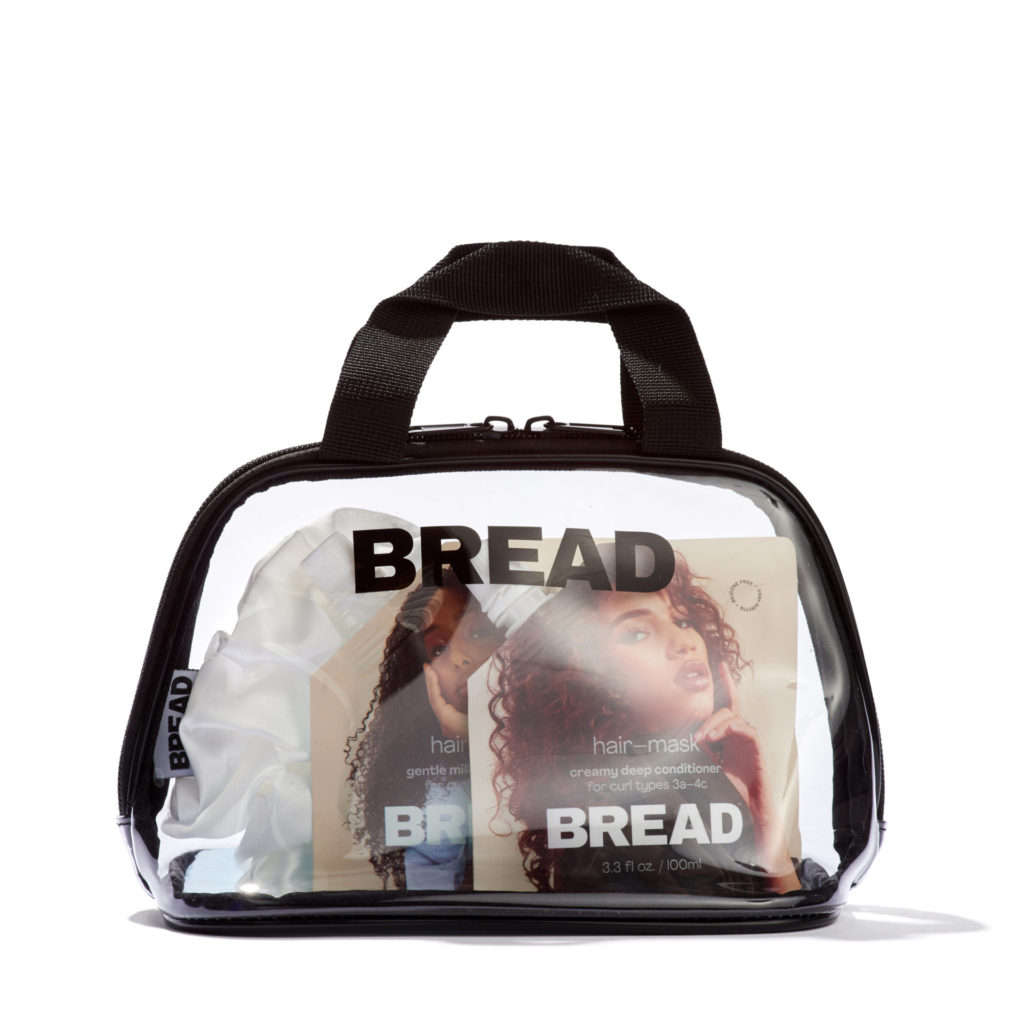
Then, in my early teens, I would trawl through the American black haircare forums to research product and style trends that were yet to reach the Australian market, and contact suppliers in China to source merchandise for the salon – like lace wigs and specialised hair extensions.
I ended up studying a Law degree at university, because I’ve always been passionate about advocating for marginalised people who don’t have a voice. But I also completed a Business degree at the same time.
I had every intention of becoming a lawyer, but when I finished my degrees, I decided to pursue a career in marketing, and landed an Internship at L’Oreal, where I spent my early career. I also did a short stint at Procter & Gamble in Singapore, working on a toothpaste brand. It doesn’t sound very glamorous, but I learnt so much about how the consumer goods industry works, and how to take a brand to market.
I found myself more drawn to the beauty industry than other consumer categories, and so after my summer with Procter & Gamble, ended up back at L’Oreal, where I worked across almost every category in the business. From makeup, skincare and fragrance, to gifting, and even devices – but funnily enough, never found myself working on a hair brand.
My experience in the industry, but also my experiences as a consumer, lead me to realise that the beauty industry wasn’t really talking to me. As a woman of colour, I didn’t feel like I was getting the same level of product availability or brand experience that everyone else was, and I was determined to change that.
I left L’Oreal knowing I wanted to create a brand that would aim to drive the industry towards a more diverse future, and provide better experiences and products for women of colour, specifically, black women. I had no idea what the brand would be at that time – there was so much work to be done, and I didn’t know where to start.
It wasn’t until I made a trip over to the United States, and flew from New York to Colorado with a hair relaxer in my suitcase. When I arrived in Colorado, I opened up my suitcase and discovered the relaxer had exploded over ALL of my clothes. I was due for my topup, but was in the middle of nowhere, and didn’t have access to get another one. I decided then and there that I was going to stop relaxing my hair.
Straightening my hair with relaxer was something I had done since I was 6 or 7 years old. And whilst I had protective styling over the years growing up, my natural hair, when left out, was always straight. I had never in my over 20 years of life had to deal with my natural texture or even understand what it was.
The first thing I wanted to do was find care products that were specifically designed for my texture. Since I had grown up using any product that were designed for straight hair, I knew those products were no longer going to cut it for my 4c, very textured hair. When I finally got access to stores and entered the ‘multicultural’ haircare isle, I was taken aback.
I felt like I had jumped in a time machine and gone back to 1995. I couldn’t find any brands on the market catering to my hair type that I could relate to. All of the brands I came across felt dated. They all seemed to speak in the same way, look the exact same, and the product selection was incredibly confusing. I was extremely overwhelmed and confused. I just wanted to know how to wash my hair, and felt like brands weren’t providing that guidance in a super simple, time efficient way. Beauty shouldn’t be problematic or hard, it should be fun, and real – not overwhelming.
I soon discovered that I wasn’t the only one opting to ditch the relaxer. There was an almost 40% decline of hair relaxer sales over a 5 year period at that time, and a drastic cultural and commercial shift in the multicultural haircare category.
A lot of young women who chemically relaxed their hair growing up undergo this transition when they reach adulthood and start questioning, or becoming more aware of, the types of beauty products they’re consuming and putting on their skin, so I knew there was now this whole group of consumers out there, just like me, who were also looking for this brand that didn’t exist. So, I decided to take my industry know-how and start building BREAD to fill this gap
What Has Scaling The Business And Selling In A Big Retailer Like Sephora Been Like?
Before I had even left my job in the beauty industry, I found out about the Sephora Accelerate program the first year it launched. I still have the email in my inbox that I sent to the program manager, asking if they were opening up applications for the next year. It had been on my radar for years.
I also always knew that I wanted BREAD Beauty Supply to exist in Sephora. From the get-go, before even putting pen to paper, I knew that I wanted the woman I was speaking to as a customer, who was already shopping for her skincare and makeup in Sephora, to be able to have BREAD beauty as her haircare offering and buy it in the same place.
Once I had an idea of what this haircare brand should look like, and how we were going to tackle simplifying the wash routine with our product assortment, I set about trying to get in front of a Sephora buyer.
I got on a plane and went to a conference in LA where I knew that the head merchant at Sephora was speaking. At the last minute, she ended up not being able to make it, but a different VP came in her place. I approached her and asked about the best way to get a meeting with a haircare buyer. She asked if I had samples, gave me her card, and said to reach out so she could connect me to the right person.
Within 72 hours I jumped on a plane to San Francisco and was meeting with the haircare merchant. She happened to love the concept, and we stayed in touch over a period of over a year as I was building BREAD as a side project. It wasn’t until late 2018, when applications for Sephora Accelerate first opened for Australia based brands, that things started to kick off. She put me forward for the program, and after a few intense rounds of interviews, I got in. At the end of Sephora Accelerate, I secured a launch deal – closing the loop on what I had envisioned for the brand from the very beginning.
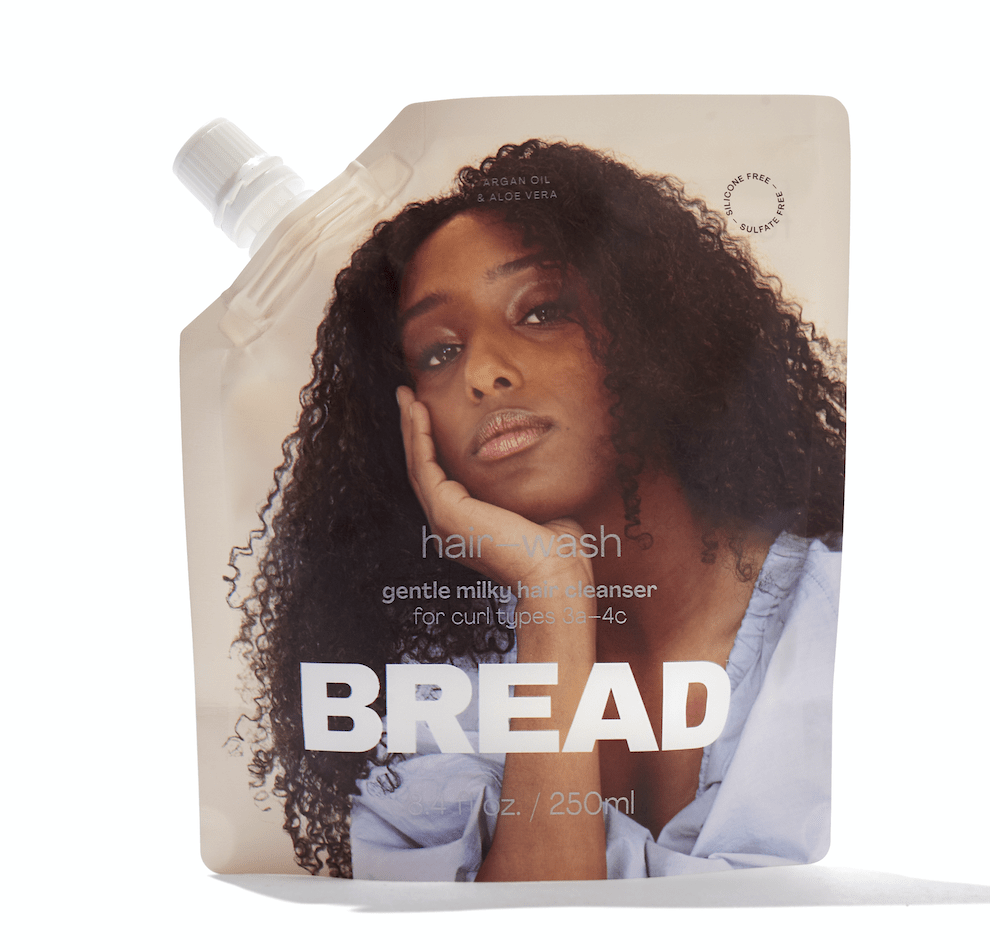
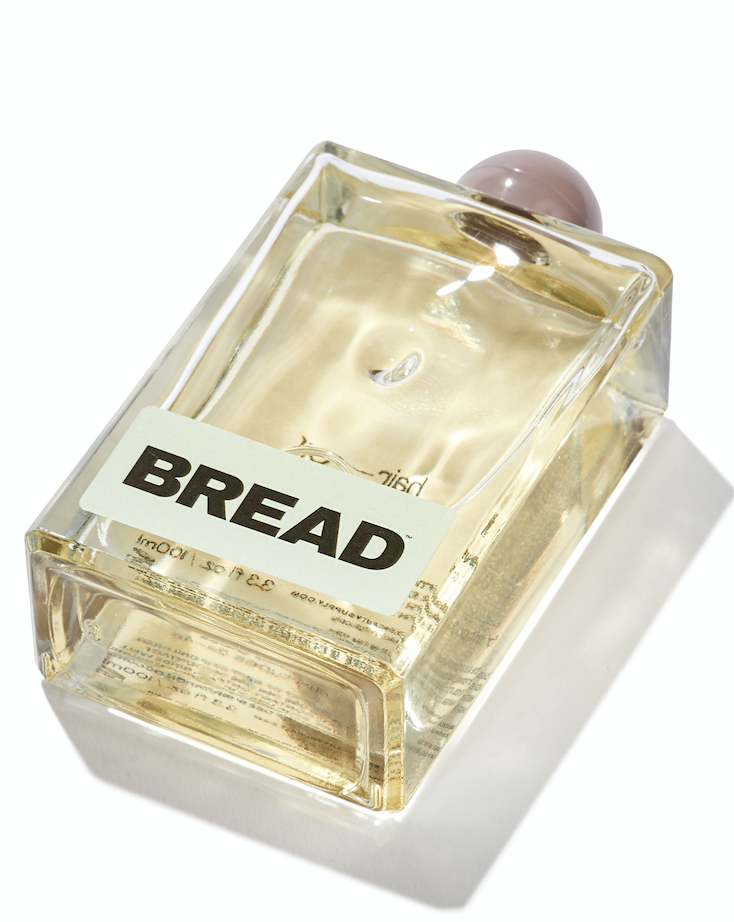
Can You Describe A Bit About The Product Line?
I wanted to keep our product assortment super simple, and take the approach of tackling each part of the haircare routine separately, starting with wash day. We’ve distilled wash day down to 3 simple products within our wash kit, that are easy to understand, and have simple and safe ingredients that make hair life easier. It’s the essentials hair products for curl types.
Bread hair-wash: think of this as a co-wash meets shampoo. It’s a light, marshmallow-like liquid, that transforms into a gentle lather for clean but soft strands. It takes care of build-up and debris, without causing knottiness, crispy dryness, or stripping your hair of natural oils. And it smells like fruit-loop milk!
Bread hair-mask: is made in Australia and is a light-to the-touch cream that will leave curls hydrated and buttery smooth without weighing them down. Easy. Simple. Smells good. Like Bread.
Bread hair-oil: a silicone-free multi-purpose oil that we describe as being like lipgloss, but for your hair. It’s really your go-to oil for use throughout the day or week, and can also be used as a pre-wash treatment.
We also know that hair products marketed towards black women are disproportionately more toxic than those available in the general market. So I wanted to make sure our formulas were clean, and safe, and avoid ingredients that could potentially be harmful, or that are not useful for textured hair specifically – ingredients that are going to dry the hair out, like harsh sulfates, we’ve avoided. We’ve also kept our formulas vegan, and our merch (like our hair scrunchies), are satin rather than silk, so they are vegan friendly too.
In terms of packaging, I knew I wanted this brand to exist on the shelves of Sephora. Knowing that this was going to exist in a retail environment, I wanted to come up with a way to ensure that the woman we were speaking to would know immediately that this brand was for her, without even having to read the packaging or any other brand material on the shelf, so I decided to put the product in spout pouches, giving us enough real estate to be able to put faces on our products. So, when our audience walks in to a Sephora to buy their makeup or skincare, they will be able to spot us over in the hair section, and know that there is a brand there made for her.
Tell Us About Your Vision For BREAD. What Can We Expect?
From both an impact and commercial stand point, I want BREAD to be able to develop into a brand that has significant media buying power. I want this brand to be able to have a say in the way that black women are represented in the media, because right now it can be very one dimensional. Once we’re in that position and we’re able to impact those representations, my hope is that one day soon, black women with textured all over the world hair will be able to walk into a board room with bantu knots, or an afro, or whatever she wants, and not a single person will bat an eyelid. Because in a world where BREAD wins, that’s just our new normal.
What Advice Do You Have For Black Women Who Want To Launch Their Own Line?
I don’t think that we can ignore the fact that entrepreneurship is harder for black women. There’s less funding, more barriers, and higher rate of failure because of the systemic hurdles we have to overcome.
Something that I struggled with early on was taking action in the face of these seemingly insurmountable obstacles ahead of me. I knew that venture capital dollars weren’t being invested in women, and even less so when it came to black women. I knew that the haircare assortment at Sephora was small, and that the odds of being able to launch there were incredibly slim. Despite everything I knew, I decided to go for it anyway, knowing that it was highly possible I would fail.
But I think there is a real magic in assuming you can do something even when the odds are against you. Despite what I knew, I still tried. If I had never tried, it wouldn’t have happened. In order to get to that place, where I felt like I should just go for it, I had to assume that it was likely I would fail. Because of that, I didn’t really have any fear.
I think the best piece of advice I have is to dig deep, and get to a place where you feel comfortable failing. In a somewhat counter-intuitive way, if you go into it head first assuming you’re going to fail, there’s a sense of freedom that comes from that that helps you to feel like you can just keep moving forward, even when you stumble.
The Best Hair Care Tip You Can Give Our Readers?
Always, always always use a heat protectant. It’s such boring advice, but it’s really important if you don’t want to damage the cuticles and inner layers of your hair. Don’t substitute an oil for a heat protectant either. Heat protectants are formulated to specifically protect against certain heat seatings, so it’s always best to find one that matches the heat seating on your styling tools.
You’ll also like this:
In Conversation With Celebrity Skincare Guru Dr. Barbara Sturm
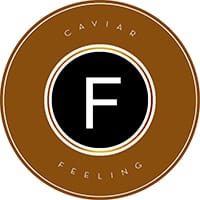
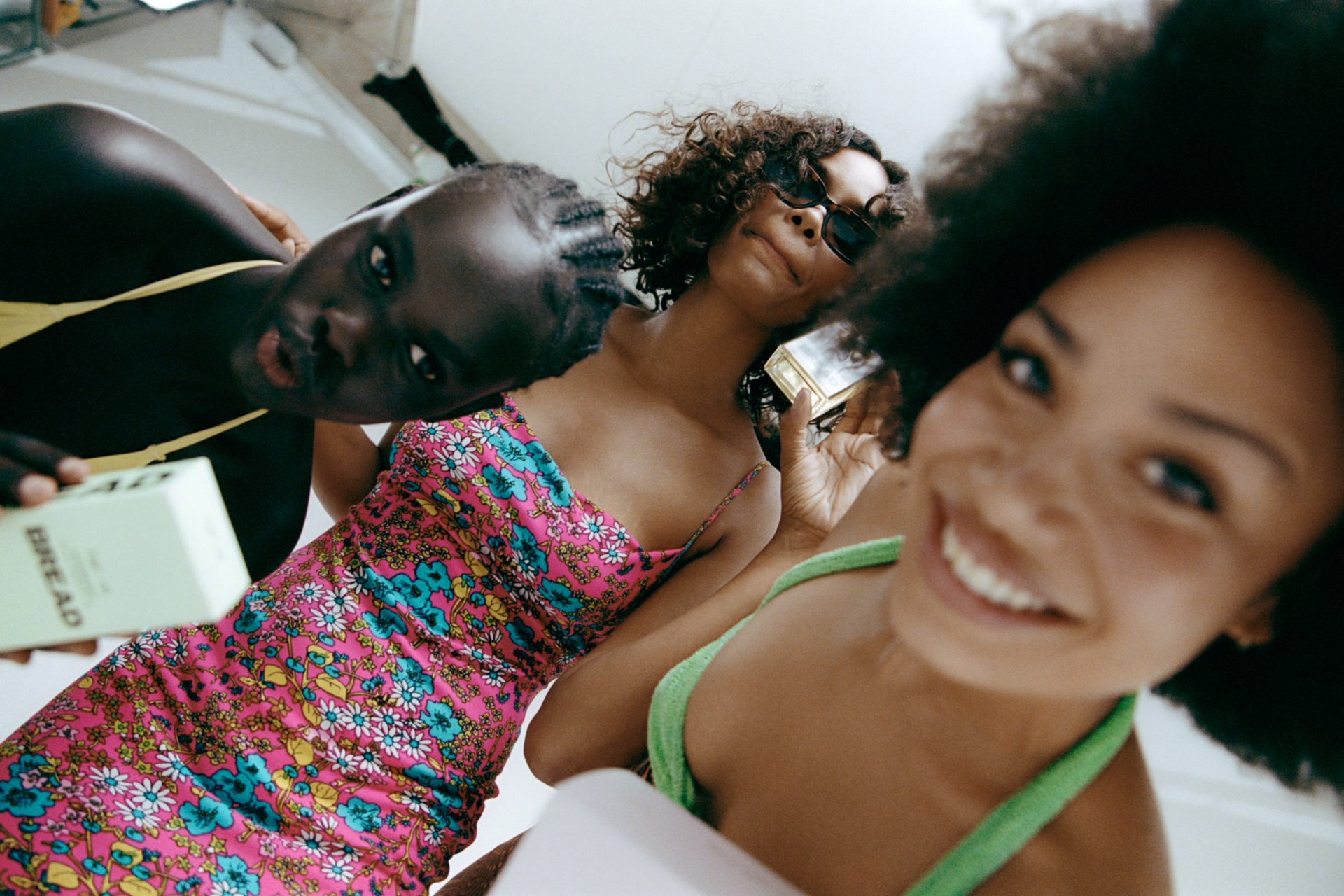


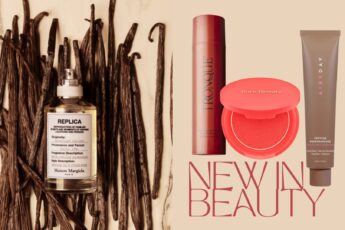
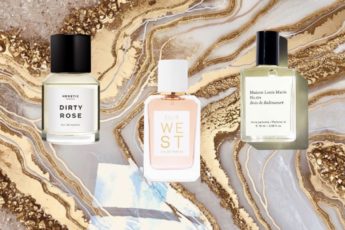
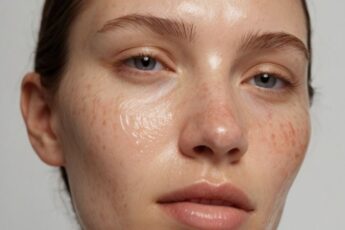

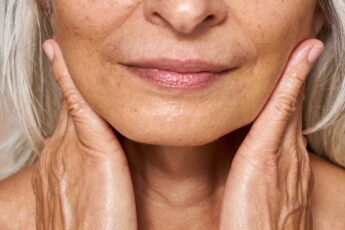
Leave a Comment